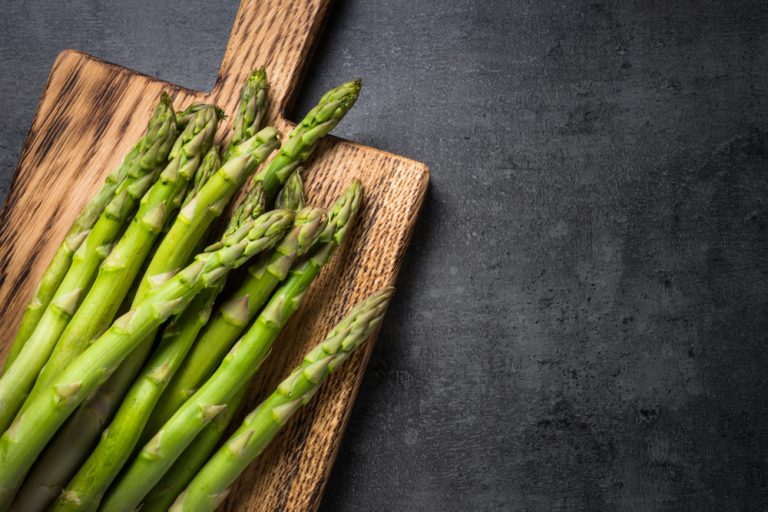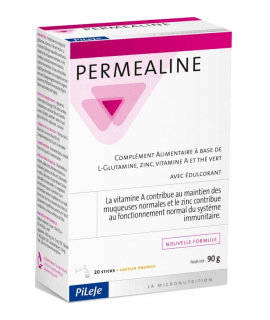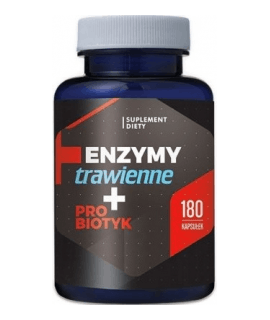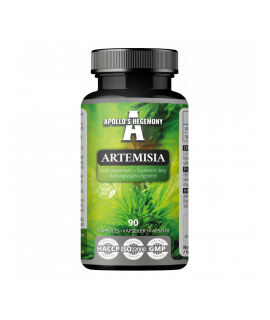Asparagus is classified as a perennial plant and can grow almost anywhere in the world. A single young shoot can reach up to one and a half meters in height. White asparagus is the most common and readily available type of asparagus. Green and purple ones are much less common. The difference between them is limited only to the color, and not to the nutrients they contain.
Asparagus - not only for digestion
Asparagus, however, should not only be recognized per its fiber content. We can find in them a large amount of vitamins from group B, especially B1 (0.106 mg per 100 g) and B6 (about 0.28 mg), and vitamin C (in 100g you will find 67.8 mg of this vitamin).
We can find a significant concentration of beta-carotene, calcium, phosphorus, and vitamin A in those vegetables. Vitamins are not the only good thing residing in these vegetables. Thanks to iron and potassium they strengthen blood vessels. Their functioning is also supported by polyunsaturated acids and flavonoids, which have a strong antioxidant effect.
Arginine present in the vegetable not only improves kidney function, protects against infections but also significantly accelerates recovery, for example after surgery. A small amount of sodium means that asparagus can be eaten without any problems by people with hypertension. Despite the fact that they are rich in valuable substances, not everyone can reach for them. People suffering from gout and serious kidney problems are recommended to avoid asparagus.
How to choose fresh Asparagus?
Asparagus, like all vegetables, is the best and tastiest when fresh, but how do you know that you are choosing the best ones?
First of all, you need to take a close look at the head of the vegetable. No signs of delamination, tarnish or discoloration allows you to assume that they are of good quality. The stalk should not have any spots. In the case of white asparagus, it is worth noting whether the entire vegetable has a uniform color.
Good asparagus is flexible. You can judge its springiness by bending it gently. If you feel that it is about to burst, you can be sure that it is good (but if it breaks and juice of neutral taste comes out, you can also be sure that the asparagus you check is in its).
When choosing white asparagus, pay attention to its thickness. Since it is the only asparagus that needs to be peeled, it is worth choosing the ones that will not be too thin after peeling and will allow you to enjoy their flavor. Their freshness and quality are also affected by how they are stored. To meet both conditions, asparagus tips should be gently soaked in water. Therefore, it is worth paying attention to how they are stored before you buy them.









